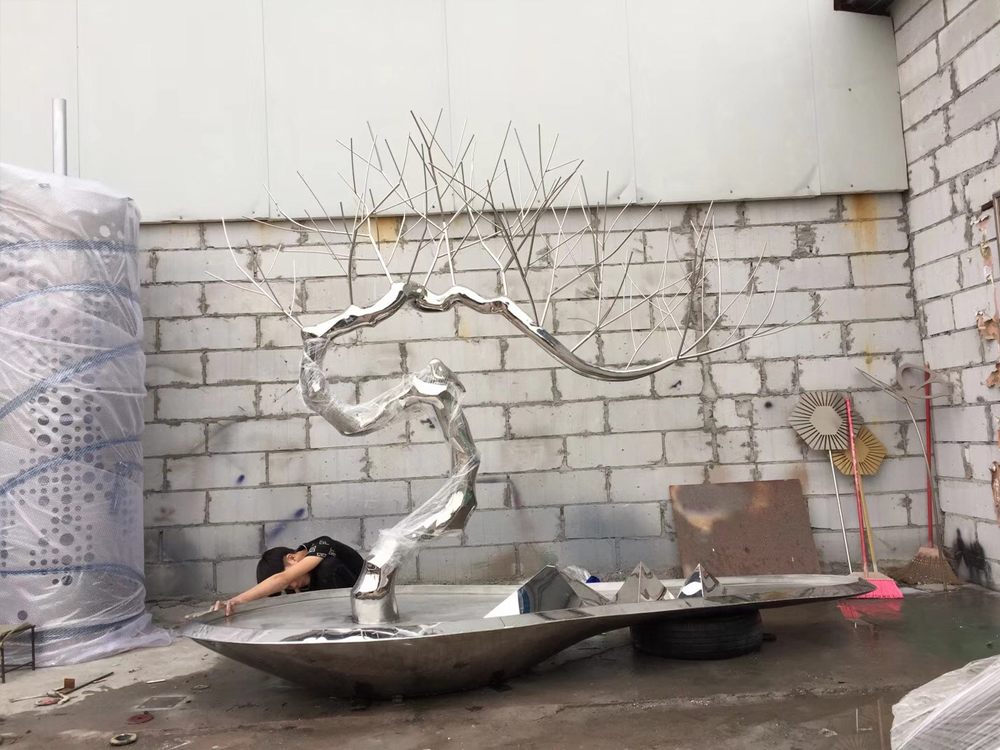
In the evolving landscape of multimedia art, the interplay between bronze sculptures and digital projection mapping has emerged as a captivating medium, merging classical artistry with futuristic technology. Bronze sculptures, long revered for their timeless elegance and tactile presence, now serve as dynamic canvases for digital projections, transforming static forms into living, breathing artworks.
Projection mapping allows artists to overlay intricate animations, shifting colors, and narrative sequences onto the three-dimensional surfaces of bronze sculptures. This interaction creates an immersive experience, where light and shadow dance across the metal, altering perceptions of depth and texture. The juxtaposition of the sculpture’s permanence with the ephemeral nature of digital imagery challenges traditional notions of art, inviting viewers to engage with both the physical and virtual layers.
Moreover, this fusion opens new avenues for storytelling. A bronze figure might "come alive" with projected facial expressions or historical scenes, bridging past and present. Interactive elements, such as motion sensors, can even allow audiences to influence the projections, fostering a participatory relationship between the artwork and its viewers.
By harmonizing the weighty solidity of bronze with the fluidity of digital light, artists are redefining multimedia art, offering a fresh perspective on how tradition and innovation can coexist. This synergy not only revitalizes bronze as a medium but also expands the boundaries of artistic expression in the digital age.

